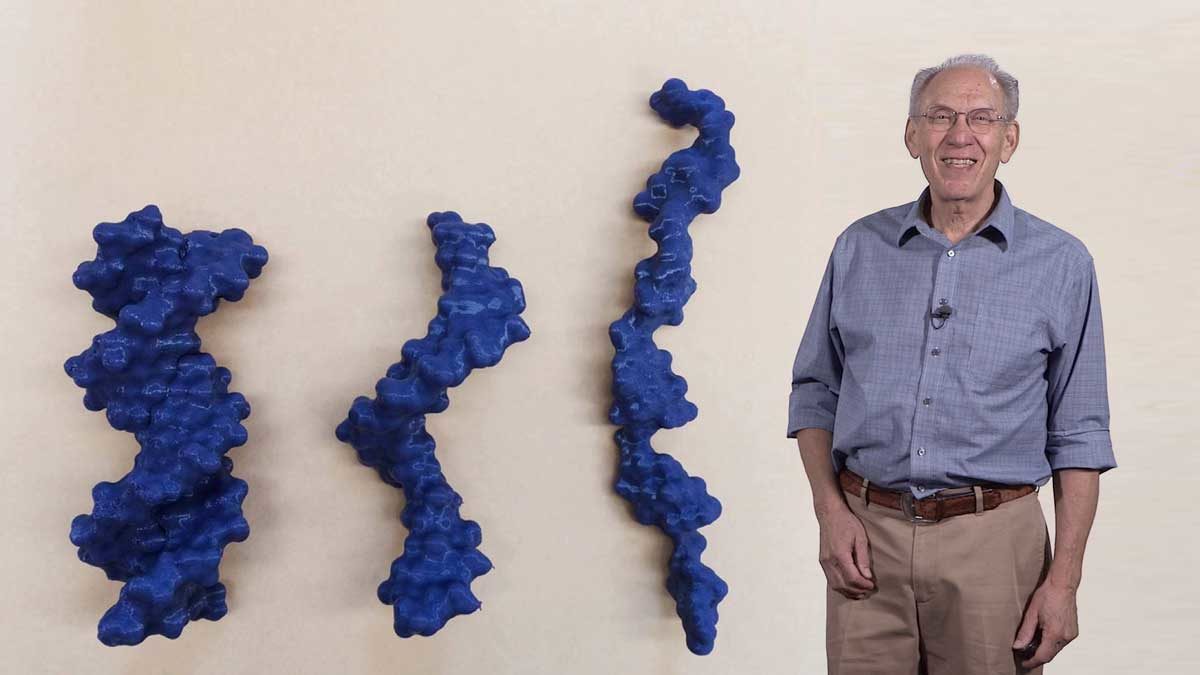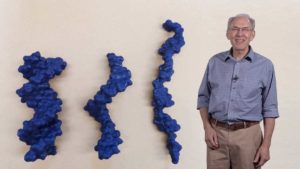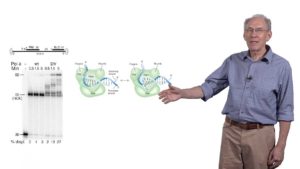Broken Chromosome Repair by Homologous Recombination
Broken chromosomes naturally arise during DNA replication. In healthy cells, the breaks are repaired by homologous recombination. If the repair machinery is broken, cancer can result.
With: James Haber

| Title | Video | Concepts | Duration | Video Downloads | Transcript | PDF Resources (Educators Only) |
|---|---|---|---|---|---|---|
| Educator Resources for this talk: Download Teaching Tools for this Talk: Part 1 | Part 2 (Educators only) | ||||||
| Broken Chromosome Repair by Homologous Recombination | 
|
Double-strand breaks (DSBs), mechanisms of homologous recombination, genome stability | 00:35:59 |
Hi-Res Low-Res Subtitled: |
View Transcript | |
| Molecular Mechanisms of Repairing a Broken Chromosome | 
|
DNA double-strand break repair | 00:33:14 |
Hi-Res Low-Res Subtitled: |
View Transcript | |
| Mutations Arising during Repair of a Broken Chromosome | 
|
Mistakes in homologous recombination repair, base pair substitutions, frame shifts mutations | 00:23:01 |
Hi-Res Low-Res Subtitled: |
View Transcript | |



